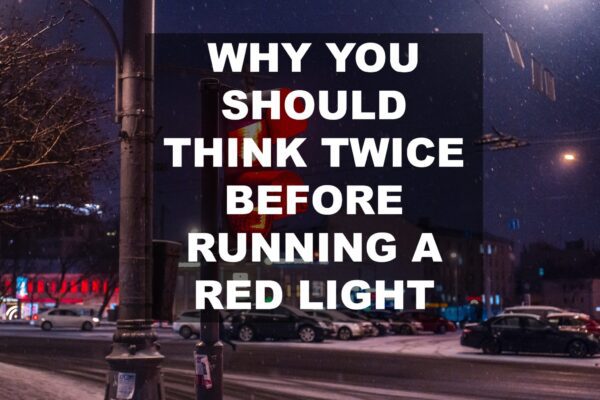
Drivers running through red lights significantly raise the potential for causing accidents and injuring others. If you have been injured as a result of a driver running a red light, Hardy, Wolf & Downing are car accident lawyers in Maine that can help you determine your best course of action for securing compensation.
The dangers of running a red light are very real and the statistics to support it are staggering. Numbers compiled by the AAA Foundation for Traffic Safety as well as the Insurance Institute for Highway Safety (IIHS) have cited that on average more than two people are killed in the U.S. roads daily by drivers running through red lights. In the last crash data available (2017), AAA reported 939 deaths—the highest in a decade and an increase of 28% since 2012—and IIHS estimated 132,000 people were injured. Of those killed, 46% were passengers or people in other vehicles, 35% 9were the drivers who ran the red light and 5% were pedestrians legally crossing the intersection.
Why do people run red lights?
There really are no excuses for running a red light. The dangers outweigh the risks for everyone. The reasons that people run lights vary. Three of the top excuses noted are:
- Drivers losing patience—they are hurrying or running late to get to their destination. Consequently, they accelerate to try to beat the light.
- Then there are drivers who have reached an intersection and anticipate when the light is going to change. When the gap in traffic and pedestrians are stopped at the cross street, they jump the yellow light and pull into traffic. However, intersections can differ. Traffic sensors detect the gaps as lights change and also the length of the yellow light is determined by the speed limits approaching the intersection.
- Finally, there are drivers who are speeding too fast toward an intersection to brake in time. The driver or drivers speed through the red light or simply follow the car ahead of them through the red light without stopping.
All of these reasons can cause an accident and injury.
What are the consequences?
The most apparent consequence of running a red light is driving into the side of another car or striking a pedestrian. The risk of injuries greatly increases because the side panels of cars are not as protected as the front or rear ends and, obviously, there is no protection for pedestrians when struck by a vehicle. Drivers who run red lights can receive traffic tickets—it is illegal in all 50 states. Drivers are subject to heavy fines (in Maine it is $146) and other penalties such as having demerit points added to your license that can result in an increase in insurance rates or suspension of driver’s license.
In addition, if you run the light and cause an accident, you are at fault. Maine operates under a “fault” rule. Drivers that cause a car accident can be legally held at fault, and as a result, may be held responsible for resulting financial damages (or even manslaughter charges if anyone is killed).
How to avoid running red lights.
Fundamentally, drivers must change their behavior and learn to drive defensively while on the roads. To prevent red light crashes, drivers should anticipate the traffic, on foot and in vehicles, when approaching an intersection. Look both ways when entering an intersection—even if the light is green. To avoid getting rear-ended by an inattentive driver, always tap your brakes a couple of times when approaching an intersection. Using good judgment is also important. For example, if you are approaching an intersection that has had a green light for more than 30 seconds, it’s likely to change before you arrive at the intersection.
What happens if you’re in an accident caused by another driver running a red light?
Running through a traffic light is a serious problem that has caused widespread suffering for many. If you have suffered an injury from a car accident in Maine, contact the law offices of Hardy, Wolf & Downing today. We offer free consultations to accident victims from all over the state. As the premier auto accident lawyers in Maine, we will review the details of your case and advise you as to the best legal options for you and your family.

